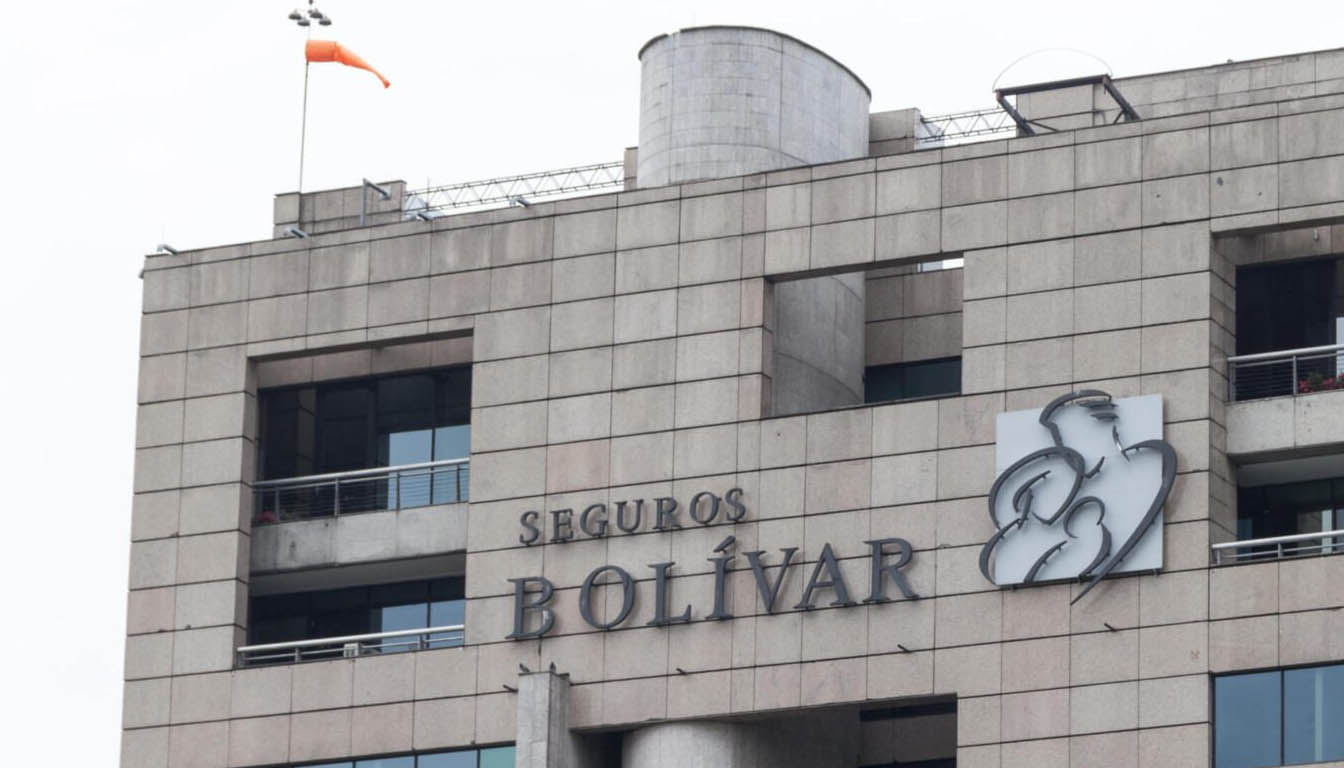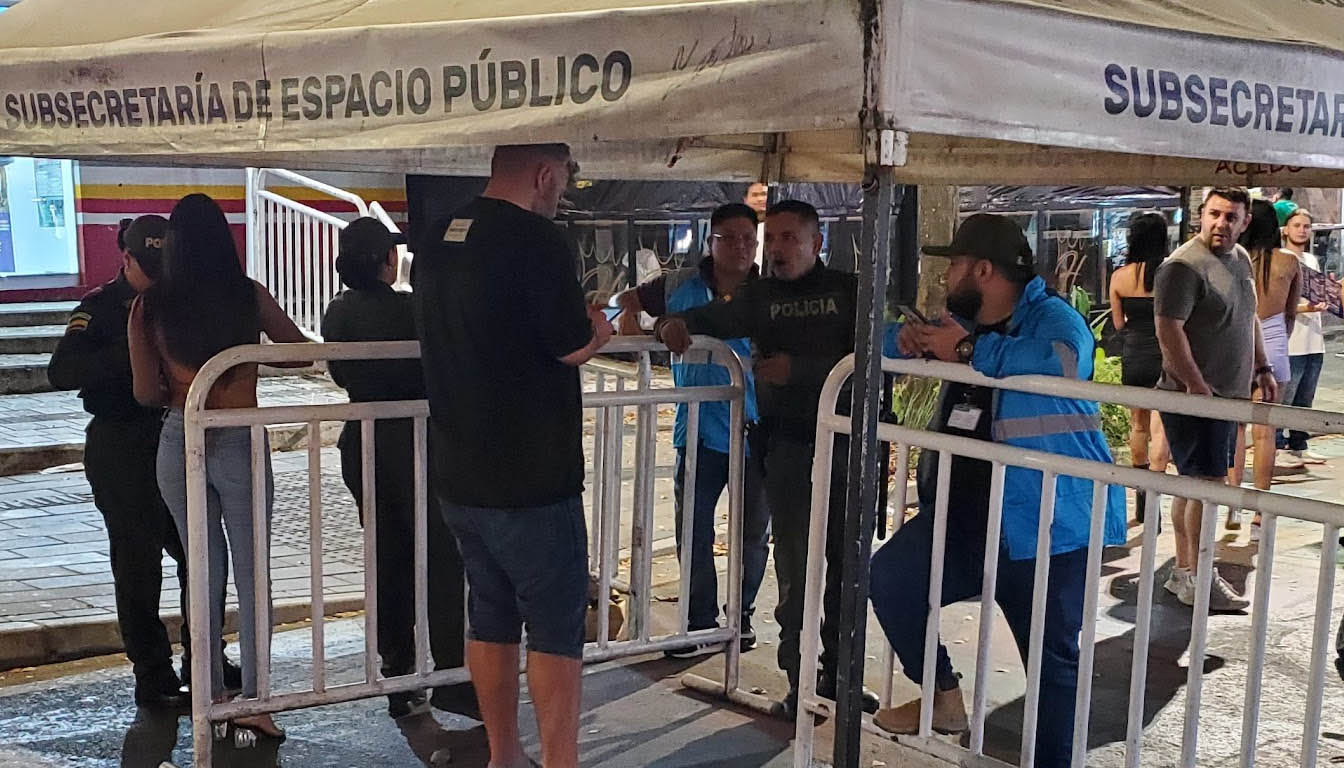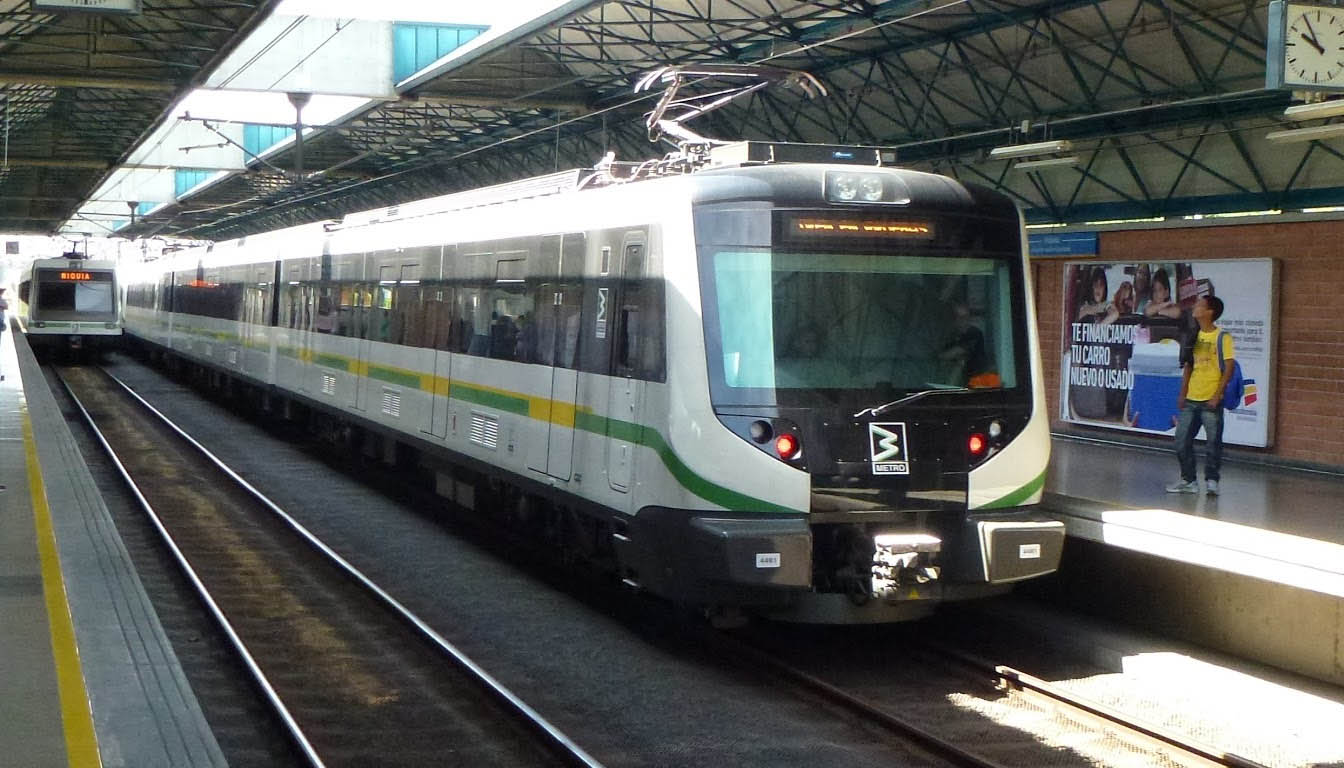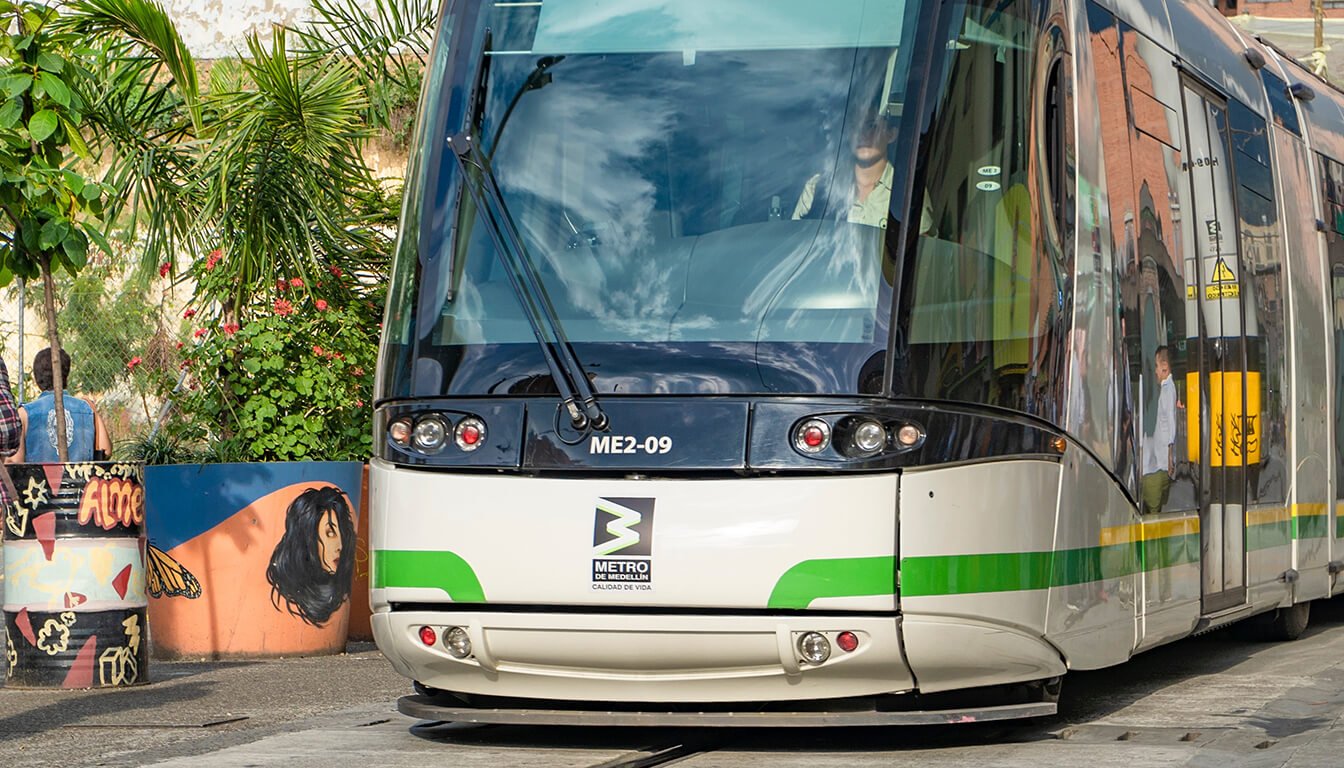Introduction
Antioquia takes the spotlight with the revelation of the continent’s longest tunnel, the Guillermo Gaviria Echeverri tunnel situated in Toyo. Following the removal of the last barrier of rock on October 6, a symbolic act of passage through the 9.73-kilometer tunnel is set for today. This venture is a monumental step towards bridging Antioquia to the sea, maximizing its geostrategic placement in South America.
El Toyo Connection: Bridging Distances
The El Toyo tunnel, stretching over 39.5 kilometers and designed for a speed of 80 kilometers per hour, is foreseen to cut down the journey time between Medellín to Urabá to a mere 4.5 hours. This integration of the fourth-generation highways Mar 1 and Mar 2 is bound to redefine the linkage between Urabá and the heart of Antioquia, laying the foundation for the envisioned Long City of Four Hearts in the forthcoming two decades.
Governance and Financial Backing
Governor Aníbal Gaviria identifies this tunnel as a cornerstone infrastructure to bolster connectivity among key regions housing 85% of Antioquia’s population. The project, with a cumulative budget of around $2.14 billion, shuns private concessions to guarantee financial closure and unimpeded construction of this vital corridor en route to prospective seaports. Both the Mayor’s Office of Medellín and the Government have jointly financed this endeavor to ensure its fruition by the first half of 2024.
Upcoming Operational Enhancements
Upon the completion of construction, the National Highway Institute is tasked with the installation of critical electromechanical apparatus within the tunnel to uphold high operational standards. However, the second segment of the project, involving infrastructural developments between Santa Fe and Giraldo, is grappling with delays and funding deficiencies, necessitating an added $1.7 billion investment from the National Government.
Toll and Traffic Regulations
The government confirms the imposition of a toll, albeit with an alternative toll-free route for those opting out. The project’s framework also facilitates motorcycle transit, a deviation from the flow regulations witnessed in the Oriente tunnel.
Paying Homage to a Visionary
This project serves as a tribute to the foresighted engineer Guillermo Gaviria Echeverri, who had articulated the necessity for such a tunnel over four decades ago. The mega-tunnel, bearing his name, not only symbolizes a remarkable leap in infrastructural evolution but also embodies the enduring essence of collaboration and visionary foresight.
Reflecting on Past Endeavours
As Antioquia prepares for the full operation of this extensive road linkage by 2025, it reflects on the pioneering journey of trailblazers in 1927 who navigated the challenging Medellín-Turbo-Medellín route. The realization of this ambitious project nearly aligns with the centenary of the inaugural highway-to-sea initiative launched in 1926, marking a pivotal milestone in fulfilling Mejía’s century-old dream of seamlessly connecting Medellín to the sea.
Conclusion
The Guillermo Gaviria Echeverri tunnel stands as a tangible manifestation of infrastructural progression, amalgamated governance, and the relentless pursuit of maritime connectivity, propelling Antioquia closer to its long-cherished maritime aspirations.
















